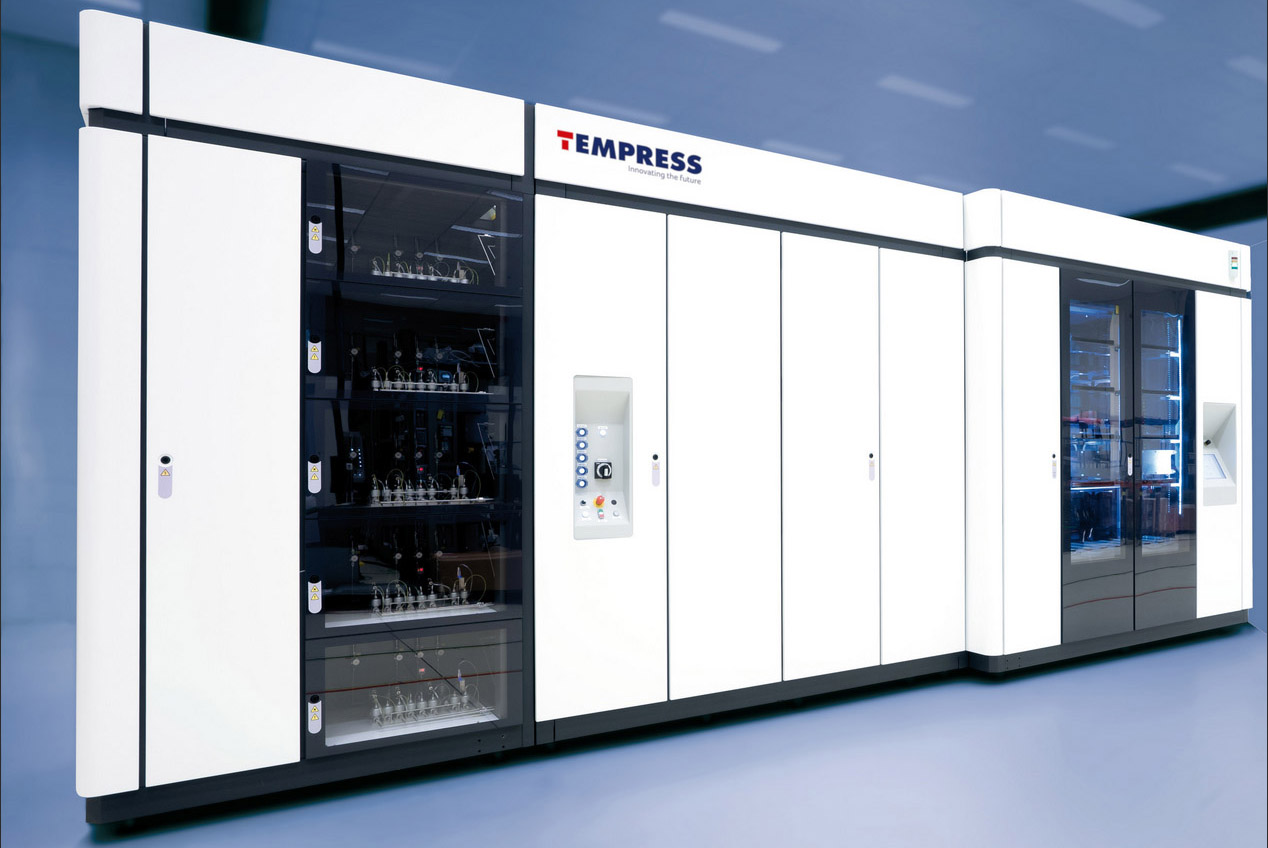First time right with Supermodels. Bridge the gap between hardware and software developers, and improve quality, speed, and cost-efficiency in system design.
The complexity of high-tech equipment is rapidly increasing. This presents significant challenges in the development of new systems, not only in technical terms. Speed is crucial to prevent costs from escalating and to stay ahead of the competition. Achieving this requires optimal collaboration between all involved disciplines—such as specialists in mechanics, electronics, and software—right from the start of design processes. Where hardware engineers don’t speak software code, communication at a higher abstraction level offers the solution. Sioux therefore developed Supermodels, a model-driven software development tool that facilitates transparent multidisciplinary development processes.
Supermodels draws its inspiration from sketching a schematic design on a whiteboard. The tool provides a canvas for creating a blueprint of a system: a physical representation in which the dimensions and functionality of all components are defined in their relationships to each other. Examples include state machines, interfaces, decomposition, and pipe and instrumentation diagrams (P&IDs). These are the most used, but customer-specific diagrams can also be easily created. From these diagrams, various artifacts can be generated such as code, documentation, and even simulations. Through a language-independent interface with the Holodeck, it's also possible to generate a 3D simulation to test the system in a virtual world. All these visualizations ensure that all disciplines gain early and complete insights.
Sioux acts as an R&D department for OEMs and takes over complete system development processes. With the help of Supermodels, we can bridge the gap between specialists in different domains and the customer. The various visual abstractions and review possibilities of this tool are powerful features that create clarity for everyone, allowing design choices and integration issues to be identified and addressed early on. This way, design errors can be detected and eliminated in an early stage, before the actual construction of a system begins. In short, Supermodels facilitates first time right. This ensures more quality, speed, and cost-efficiency.

Tempress, a manufacturer of process equipment and automation systems, utilizes Supermodels. With the generated simulators, the company can develop, test, and address potential issues at a very early stage, independent of system availability.
Summox produces a system for cleaning, disinfecting, and sterilizing dental instruments. Supermodels facilitated a parallel workflow between disciplines and helped software engineers eliminate numerous integration issues before the code was deployed on the physical system.
Xyall is a developer of an automated system for the dissection of tumor tissue for molecular diagnostics.
'By adopting a model-driven approach, Sioux has significantly improved our engineering process. By integrating mechanics, electronics, and software from the outset, we were able to detect integration issues early on, which enhanced both quality and speed.'
Guido du Pree, Founder and CEO at Xyall